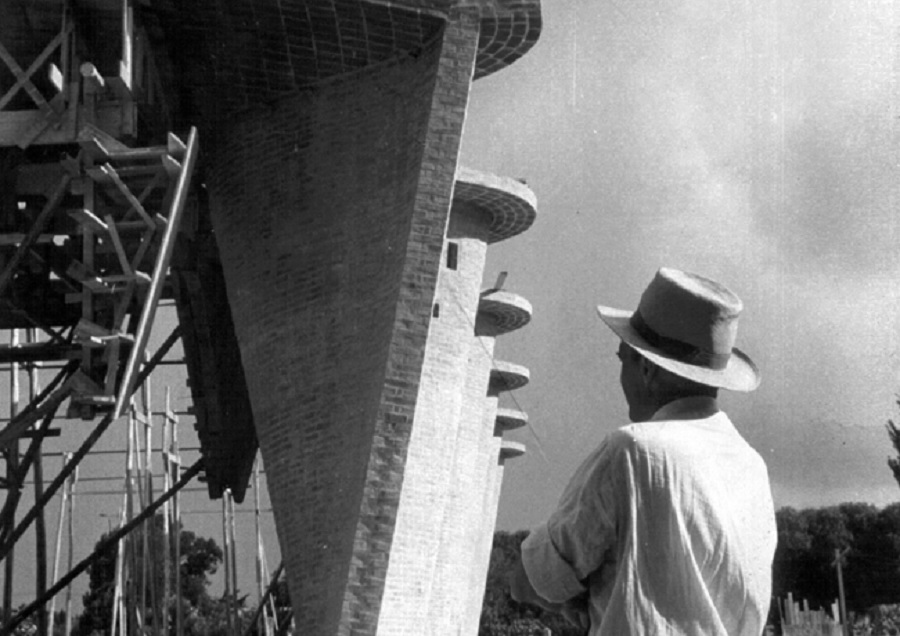RIO DE JANEIRO, BRAZIL – On Tuesday July 27 the UNESCO Heritage Committee in Uruguay confirmed as a World Heritage Site, the Church of Christ the Worker and Our Lady of Lourdes in Uruguay, the greatest work of renowned Uruguayan engineer Eladio Dieste (1917-2000), located in Atlántida.
The church was built between 1958 and 1960 and is the greatest expression of “reinforced ceramics,” a technique developed by Dieste since the 1950s, based on the intelligent use and introduction of forms that can be achieved with bricks and little steel, resulting in large spaces with very low construction costs.

With his innovation, notoriously revolutionary for the time, Dieste quickly became an outstanding name in engineering and architecture in Uruguay and the world, exporting his technique to other countries.
“The Atlántida Church was my School of Architecture,” Dieste said at the time, an engineer by profession and a career architect. In this work he was able to refine his technique and style, achieving not only notorious innovations in terms of construction, but also a widely recognized aesthetic display.
With its official entry in the World Heritage List, the site joins the two others in the country under this category, the Historic Quarter of Colonia del Sacramento (declared as such in 1985) and the installations of the former Anglo meat packing plant in Fray Bentos (2015), as well as the Tango and Candombe, considered Intangible Cultural Heritage of Humanity by UNESCO.

